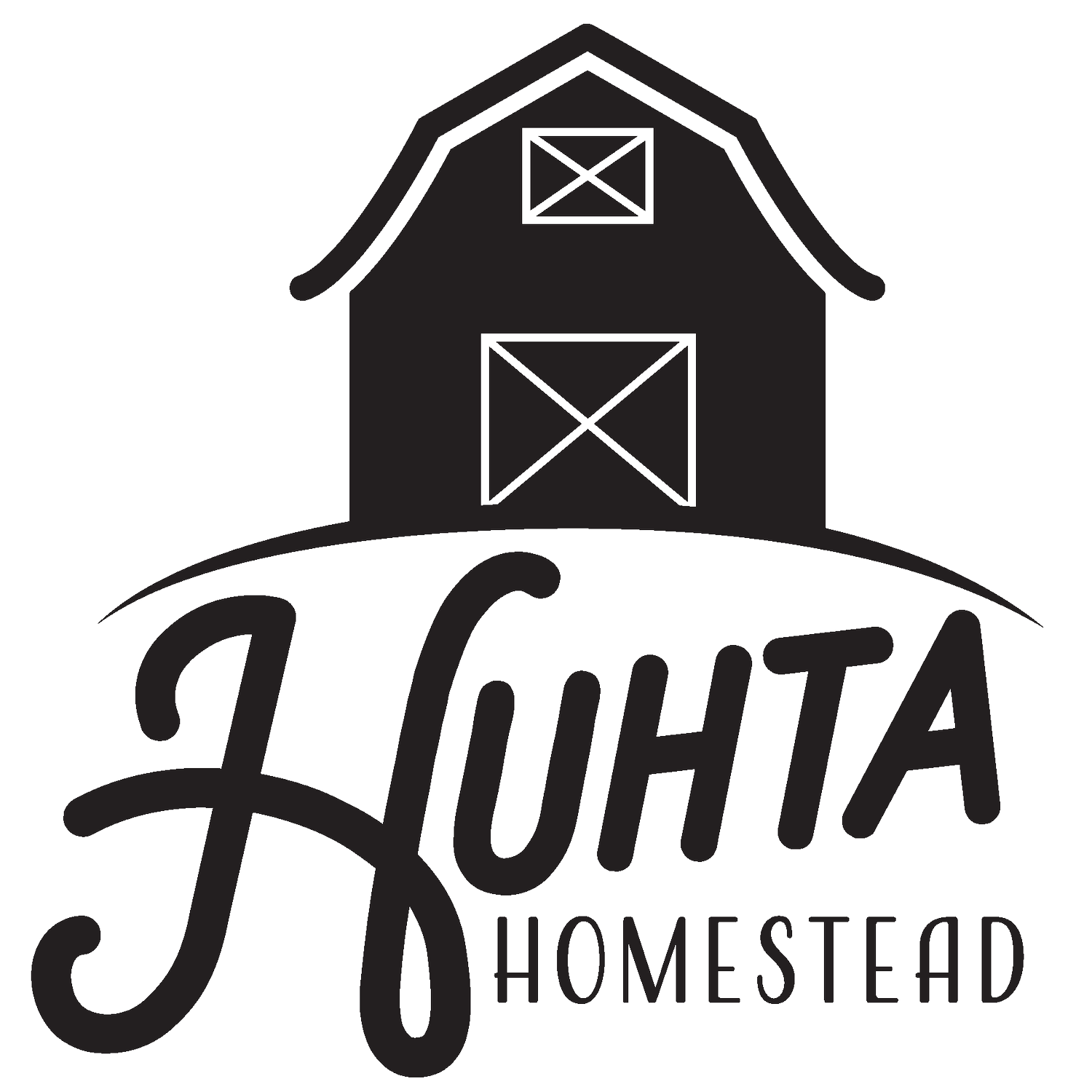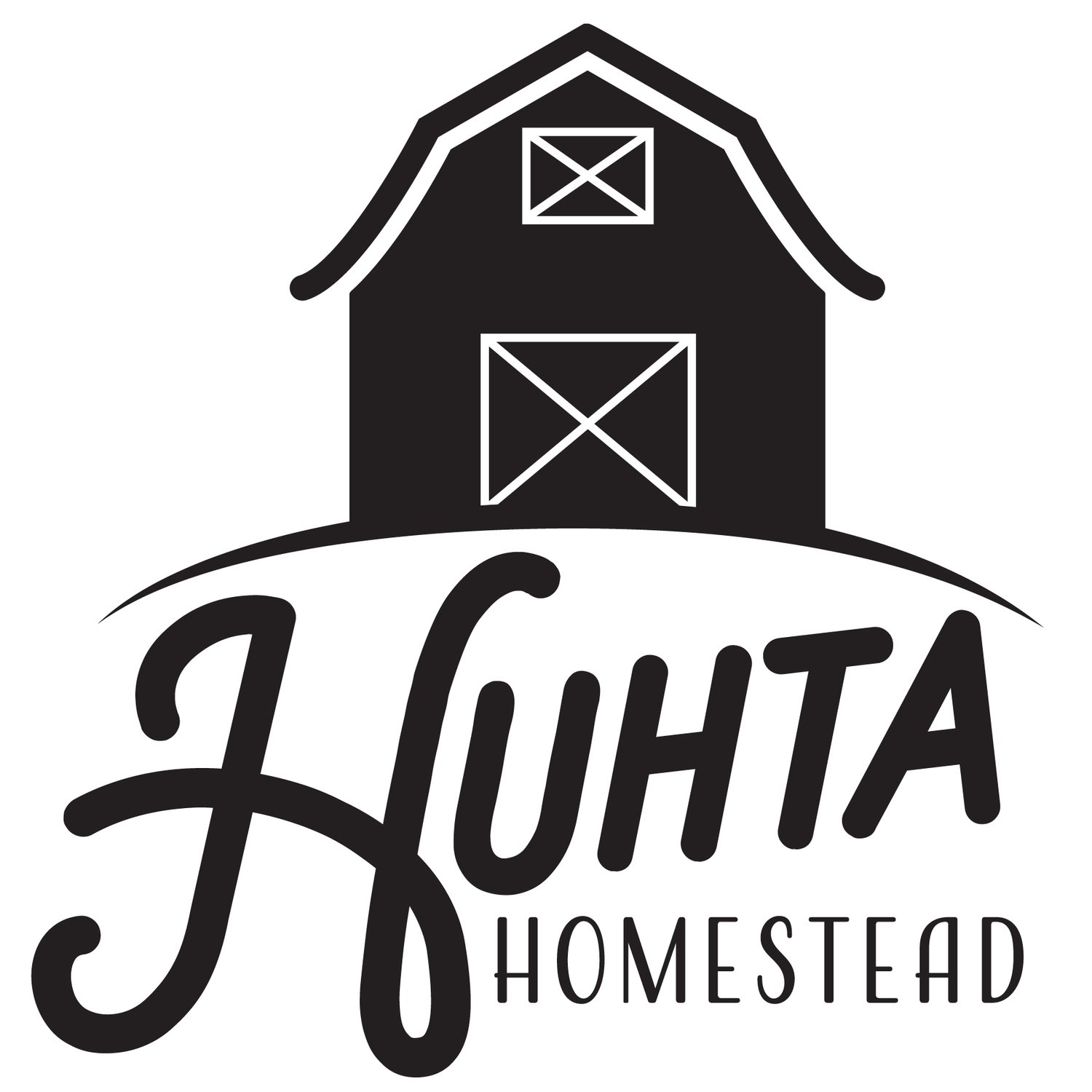Your Guide to Beef Share Cuts
If you’ve never put in a custom order for a beef share, it can be a daunting task.
Heck - if you’ve done it before, it can STILL feel like a daunting task!
But never fear - I’m here to help you get this process figured out.
First off, let’s just throw this out there - the butcher is your best friend in this scenario.
They are the professionals, the experts, the crackerjacks of beef cuts.
Every butcher does things a little bit differently, but they do them soooooo well.
When you call in to the butcher, they’ll walk you through what’s called a “cut sheet”. This is simply a list of available cuts and the specifications that you want them cut to.
If you’re the type of person that likes to know all your options ahead of time (me!!), no worries - we send you a copy of our butcher’s cut sheet as soon as you sign up for a beef share with us.
A few of these specifications include things like:
Steaks
How thick do you want your steaks cut?
How many steaks do you want per package? (Suuuuuper convenient for prepackaging how many steaks your specific family needs at one time.)
Bone-in or bone-out for different steaks?
Roasts
How many pounds do you want your roasts to be?
Do you want them to be boneless?
Ground Beef
What size packages do you want your ground beef in? 1 pound? 2 pound?
Do you want hamburger patties pre-made? How many do you want per package?
Miscellaneous
Do you want to keep the organ meat?
How about tallow?
This is one of the HUGE advantages of having a butcher custom cut your meat for you. You get exactly what YOU want. Not a huge roast fan? Make a few extra burgers? Love making your own beef broth? Load up on as many soup bones as you can. There are soooo many options.
As far as specific beef cuts go, let me just throw this out there:
It’s okay to feel overwhelmed or clueless.
There are like a gazillion different beef cuts.
And many of them sound similar to each other.
And guess what?
Sometimes the same cut of beef has multiple names.
It can change based on what region or country you’re buying your beef in.
Or which butcher is doing it.
Or whether they feel like sounding fancy.
That being said?
You DON’T need to know all of them. Seriously. Your butcher will work with you to figure out your best needs.
That being said, if you want to learn more about cuts, read on.
I’ll be covering all the cuts that are available from OUR butcher so that you can have an easier ordering process.
Steak Cuts
Rib Steak (Bone-In Ribeye)
This is one of the most sought-after steak cuts out there. This cut comes from the rib section of the steer and fat is generously marbled throughout. This results in a juicy steak with delicious beefy flavor.
This is a great steak for pretty much anything - grilling, broiling, or pan-frying.
Round Steak
This is a LARGE steak, cut from the heavily-used hindquarters of the animal. This results in a less tender, but incredibly versatile cut of beef.
This lean cut of steak is used best in recipes that call for tenderizing. That can be done either by cooking (slow cookers, pressure cooker, or braising) or by marinating.
I love cutting them up and marinating to use for kebabs in the summer!
Sirloin Steak
This is the perfect everyday steak (and my personal favorite!) It’s a versatile cut, lean and flavorful, while still being moderately tender.
Sirloin steaks are able to be cooked any way you like, but are best enjoyed grilled, broiled, or pan-seared.
Tenderloin Steak
If you’re looking for a tender steak, this is the crème de la crème. (After all, it is called the the TENDERloin.)
This steak is incredibly tender, with a melt-in-your-mouth consistency and mild beef flavor.
Due to the tenderness, take care not to overcook a tenderloin. Grilling or pan-searing is best and adding a nice sauce or compound butter will enhance your meal even more.
T-Bone Steak
The T-Bone steak is a combo steak - the large T-shaped bone in this steak separates a smaller tenderloin steak from a larger strip steak.
This makes the T-Bone a great option for someone looking for the buttery tenderness of the tenderloin while also wanting a more robustly flavored steak, found in the strip steak.
Because cooking a two-for-one steak can be tricky, I recommend an initial searing on the grill, followed by oven-cooking to ensure that the steak doesn’t dry out.
Roast Cuts
Arm Roast
Slightly leaner than a chuck roast, arm roasts are an amazing cut for your slow-cooker and Dutch oven recipes. Simply cook low and slow and you’ll be rewarded with melt-in-your-mouth beef.
Brisket
The brisket is a prized cut for a reason. Cooked low and slow, this makes super tender pulled or barbeque beef.
Chuck Roast
This is your CLASSIC pot roast cut. Well-marbled and delicious, this type of cut is best cooked low and slow - think braising or smoking.
Round Roast
Cut from the hind-end of the animal, the round roast is lean and flavorful, lending itself to amazing roast beef meals. This well-worked muscle benefits from long cooking times. (We also LOVE using this cut to make beef jerky!)
Rump Roast
Cut from a similar location as the round roast, the rump roast is the classic cut for roast beef sandwiches.
Cook up this bad boy low and slow, let it rest for fifteen minutes, and you’ve got some gourmet beef sammies on your hands.
Sirloin Tip Roast
In the market for a lean roast?
Sirloin Tip Roast is the way to go. Whether you’re slow cooking a roast beef dinner or slicing up for some homemade grass-finished beef jerky, sirloin tip roast offers a lean, suuuuuper flavorful cut.
Ground Beef Cuts
Ground Beef
Ground beef is the jack-of-all trades for a reason!
It’s the perfect ingredient to have on-hand for those nights when you’re low on time, but looking for a nutritious meal!
Hamburger Patties
Looking for an even easier way to prep your burgers? Get your ground beef pre-formed into patties so you’re ready to hit the grill.
Miscellaneous Cuts
Short Ribs
Short ribs are actually cut from the “chuck” section of the animal and tend to be both meatier and fattier than traditional “baby back ribs”. These are best cooked by braising, smoking, or barbequing.
Ribs
These are traditional ribs aka “baby back ribs”, cut near the shoulders of the animal. The meat on these ribs is located between the ribs and they are best cooked braised or barbequed.
Soup Bones
These bones come from many parts of the animal and are a great way for you to make your own beef broth for cooking all year round.
Offal Cuts (Organ & Tallow)
Heart, Liver, Oxtail, & Tongue
Looking to add some super nutrition to your diet? Give organ meat a try. Not all customers want these cuts, so be sure to mention it to the butcher if you’re interested!
Tallow
Tallow is just another word for beef fat. Tallow can be rendered (cooked) down and used for everything from cooking to skincare to soaps.
Now you’re ready to kick butt on your beef share order!

